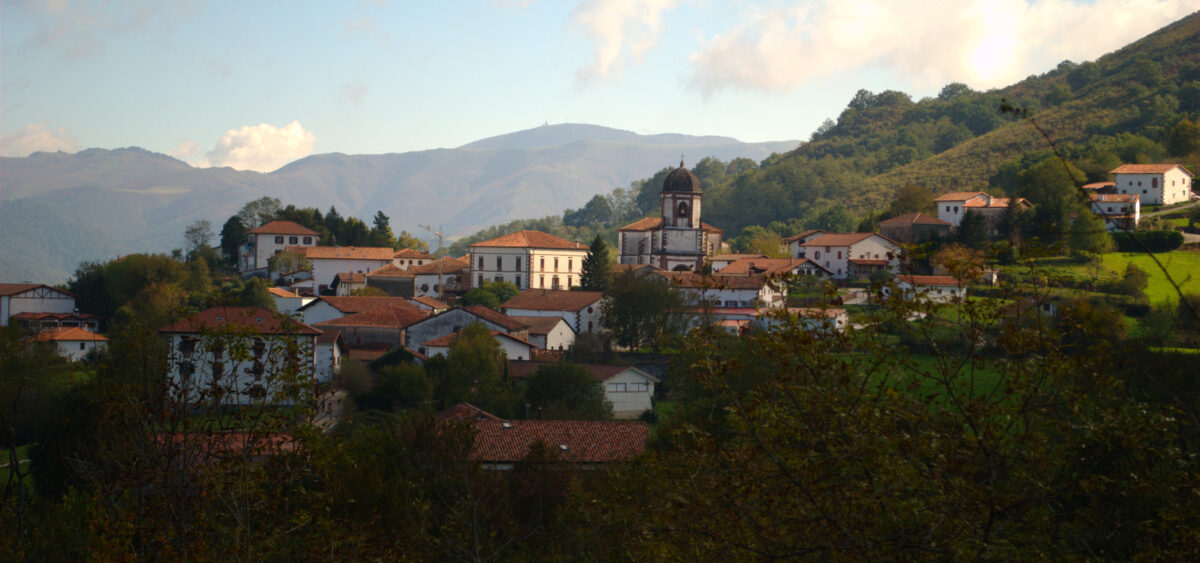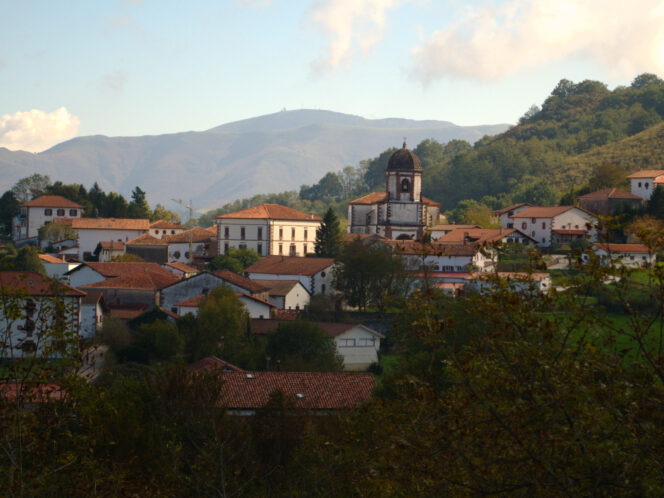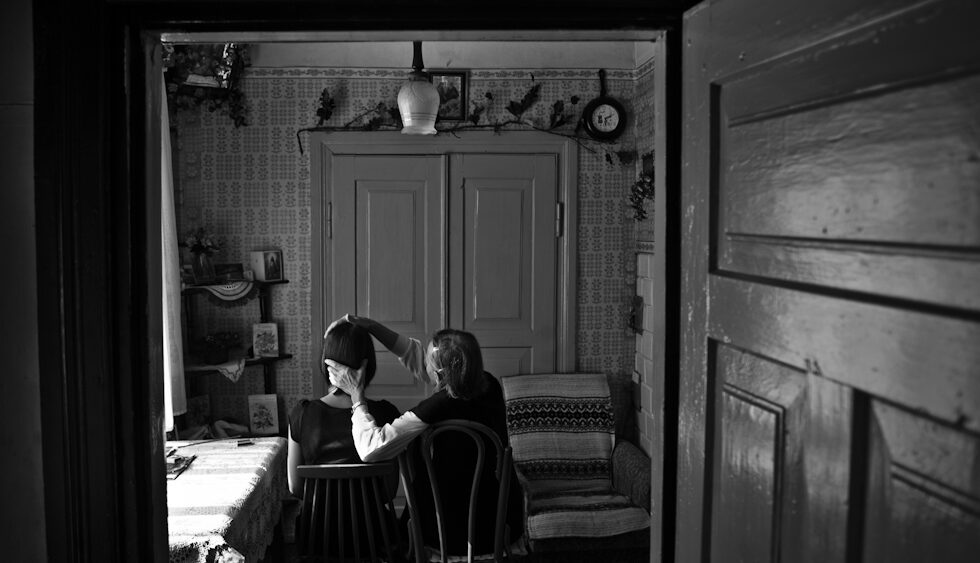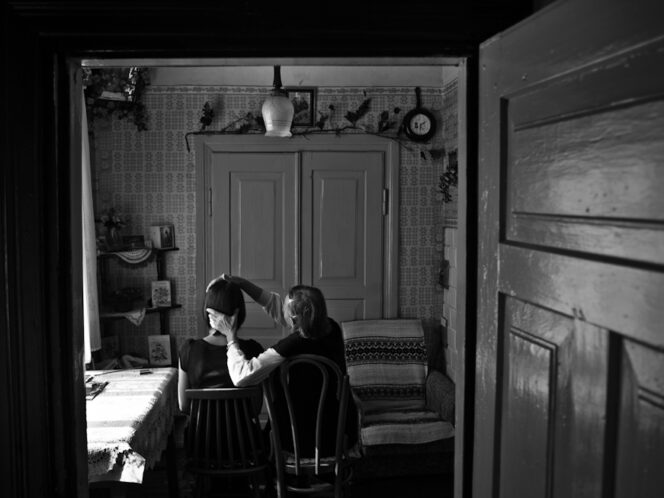
In the early 1600s, seven thousand people were interrogated and tortured in the dungeons of Logroño. It was the world’s largest-ever documented witch trial. Four hundred years later, women are reclaiming the memory of these events.
Spanish Salem
On a warm Sunday morning in late March, the Basque mountain village of Zugarramurdi is buzzing with tourists. “Mommy, is this the water of the witches?” a boy asks, waving a bottle of water from a roadside shop. “Is it true that there are still witches in the caves?
Situated close to the border with France and inhabited by only 224 people, Zugarramurdi carries the nickname of the “Spanish Salem”. Between 1609 and 1610, it was at the heart of the only witch trial conducted by the Spanish Inquisition—and the largest ever to be documented. Almost seven thousand people from the Zugarramurdi region were transported 170 kilometers south, to Logroño—the local headquarters of the inquisition. The interrogations and tortures that followed left behind eleven thousand pages of testimonies. However, only five out of the fifty-three accused of witchcraft were burnt at stake—a modest number compared to the purges that took place elsewhere in Europe.
Witch hunts came in waves during the early modern period in Europe. A substantial number took place








